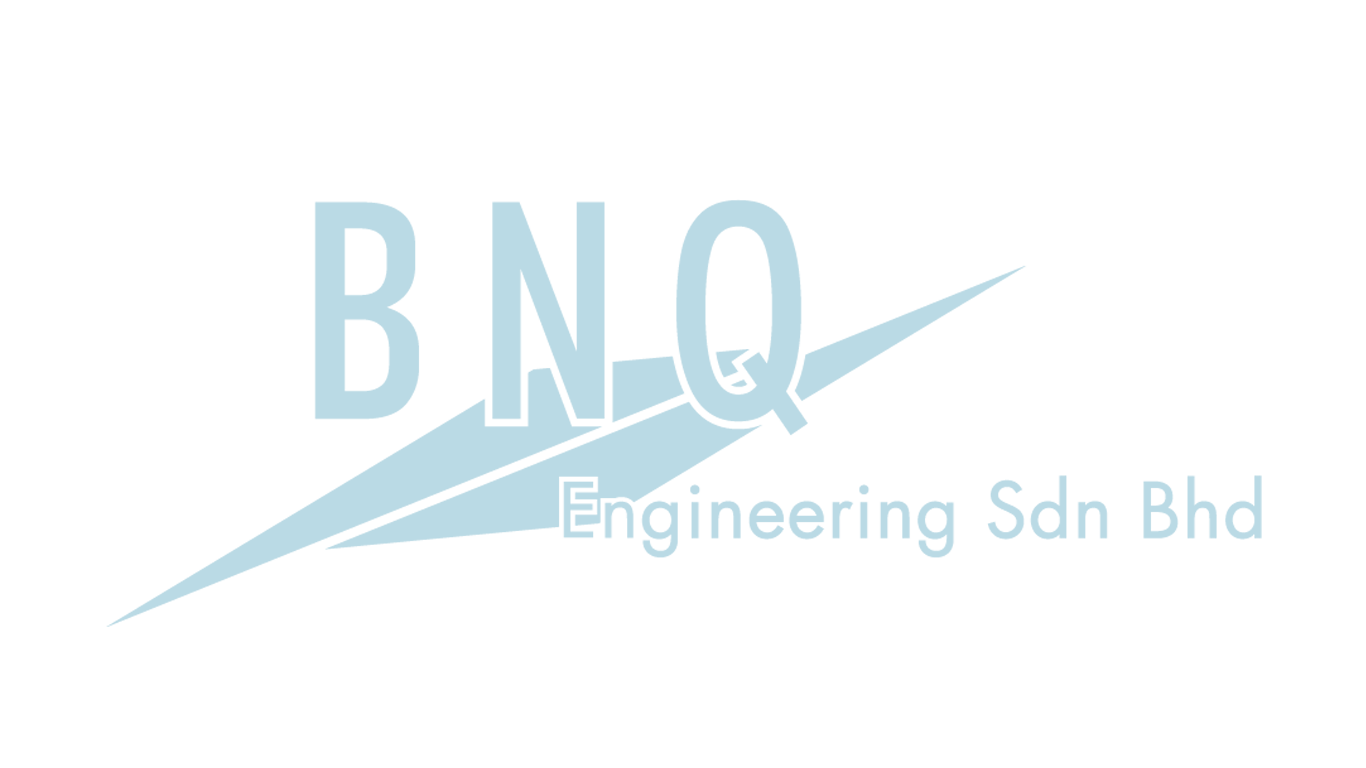As the global push towards sustainability intensifies, energy efficiency has become a critical consideration in the design and operation of modern buildings. Mechanical, electrical, and plumbing (MEP) systems play a central role in this shift, as they are responsible for a significant portion of a building’s energy consumption. In this article, we explore the increasing focus on energy-efficient MEP systems, the technologies driving this trend, and the benefits they bring to building performance and sustainability.
The role of MEP systems in energy efficiency
MEP systems are the backbone of any building, ensuring that essential functions like heating, cooling, lighting, and water distribution operate effectively. Traditionally, these systems have been significant energy consumers, contributing to high operational costs and a substantial environmental footprint. However, with the growing emphasis on sustainability, there has been a concerted effort to design and implement MEP systems that are more energy-efficient.
Advanced HVAC systems
Heating, ventilation, and air conditioning (HVAC) systems are among the largest energy users in a building. Innovations in HVAC technology have led to the development of more efficient systems that reduce energy consumption while maintaining optimal indoor air quality and comfort. Variable refrigerant flow (VRF) systems, for example, adjust the flow of refrigerant to different areas of the building based on demand, significantly lowering energy usage. Additionally, smart thermostats and advanced control systems allow for precise regulation of temperature and ventilation, further enhancing efficiency.
Energy-efficient lighting solutions
Lighting is another key area where energy efficiency can be significantly improved. The shift from traditional incandescent bulbs to LED lighting has been a game-changer, reducing energy consumption by up to 75%. Modern buildings are increasingly incorporating smart lighting systems that adjust brightness and color temperature based on natural light availability and occupancy. These systems not only enhance energy efficiency but also contribute to the overall comfort and well-being of occupants.
Efficient water management
Plumbing systems are often overlooked in discussions about energy efficiency, but they are a crucial component of sustainable building design. Energy-efficient plumbing solutions, such as low-flow fixtures and water-efficient appliances, reduce the amount of energy required to heat and distribute water throughout the building. Additionally, greywater recycling systems capture and reuse water from sinks, showers, and washing machines, further reducing the building’s water and energy consumption.
The integration of renewable energy sources
One of the most significant trends in energy-efficient MEP systems is the integration of renewable energy sources. Solar panels, wind turbines, and geothermal systems are being incorporated into building designs to generate clean energy on-site. These renewable energy systems can be seamlessly integrated with MEP systems to provide power for heating, cooling, lighting, and other essential functions. By reducing reliance on fossil fuels, these systems contribute to lower energy costs and a reduced environmental footprint.
The benefits of energy-efficient MEP systems
The shift towards energy-efficient MEP systems offers numerous benefits for building owners, occupants, and the environment. First and foremost, these systems lead to significant cost savings by reducing energy consumption and lowering utility bills. Over time, the initial investment in energy-efficient technologies is offset by the savings generated, making them a financially viable option for most buildings.
From an environmental perspective, energy-efficient MEP systems help reduce greenhouse gas emissions and lower the building’s overall carbon footprint. This is particularly important as the construction and operation of buildings are responsible for a significant portion of global carbon emissions. By adopting energy-efficient systems, building owners can contribute to the fight against climate change and demonstrate their commitment to sustainability.
In addition to cost and environmental benefits, energy-efficient MEP systems also enhance the overall performance and comfort of the building. Improved indoor air quality, consistent temperatures, and optimized lighting conditions create a healthier and more comfortable environment for occupants. This, in turn, can lead to increased productivity, reduced absenteeism, and greater occupant satisfaction.
Conclusion
As the focus on sustainability continues to grow, the importance of energy-efficient MEP systems in modern buildings cannot be overstated. By integrating advanced technologies, renewable energy sources, and efficient water management solutions, these systems not only reduce energy consumption but also enhance building performance and occupant comfort. At BNQ Engineering, we are committed to designing and implementing MEP systems that meet the highest standards of energy efficiency, contributing to a sustainable future for our communities and the environment.


